Beyond the Data Attends MinneFRAMA 2018
/Today, we’re discussing Dave and Matt’s experience at MinneFRAMA 2018, hosted by the always wonderful, MinneAnalytics.
Dave:
So Matt, we were fortunate enough to attend and actively participate in MinneFRAMA 2018 this year. The event was geared towards financial, retail, and marketing analytics, and people across the Twin Cities showed up in droves!
Matt:
Yes! This was the first event that MinneAnalytics has hosted in St. Paul and it did not disappoint. The Science Museum of MN hosted us and it was a great location.
Dave:
There’s just something about walking into an analytics conference and being greeted by a life-size T-Rex that gets you in the mood for some data crunching.
Matt:
I’m not sure it made me want to crunch numbers, but it definitely made me want to record an episode of the Data Able podcast! What an amazing view we had while we sipped our morning coffee and discussed the finer points of using data effectively.
Dave:
We were lucky enough to have Tessa Enns and Liz Weber join our show, live. They were such gracious guests. I wish we could have talked longer with them. We should probably move along with our Top 10 list from the event, huh?
Matt:
Yes we should. Since you spoke at three different sessions, why don’t you relax a bit and let me run with this one. Without further ado…
Beyond the Data’s Top 10 List from MinneFRAMA 2018
The Science Museum of Minnesota was a hit.
Tons of great conversations that were helped by the fantastic space. We made music all day by ascending and descending the musical stairs. Plus, it was a huge bonus to get a free ticket to a future Science Museum visit!
AI was all the buzz.
The hype is strong with AI at MinneFRAMA this year. However, the applications went deep, including discussions from the future of work, augmenting attorneys, and even AI to monitor AI.
The Future of data privacy regulation is uncertain, but direction is not.
With Europe's General Data Protection Regulation (GDPR) and the California Consumer Privacy Act in place, the general view is this only the start. Good discussion around data privacy and its present and future with Melissa Krasnow moderating a panel of experts, Tim Nagle, Erich Axmacher, and Brad Hammer.
Data storytelling and viz is in high demand.
The importance of data visualization and storytelling was a popular theme. Arlene Birt's Visual Storytelling: Putting Data into Context session was a hit and great turnout for the TC Data Viz MeetUp with an engaged audience right after lunch.
Not everyone needs a screen and slides.
This is the first time where MinneAnalytics had a room that was designed to not have a screen! Lots of great sessions were held in an informal setting at the Elements Café, overlooking the Mississippi river. Great job by Josh Moe and Morgan Catlin using a whiteboard to tell their story. We also saw post-it notes and pinned print outs!
Sharing a meal with She Talks Data.
The wonderful She Talks Data MeetUp held a networking session over lunch. Packed from the start, it was a popular destination. Thank you to Serena Roberts and Laura Madsen for continuing to advocate for women in data!
Startups abound.
We had more startups participate in the MinneFRAMA Startup Showcase than any of our prior events. Analytics knows no company size boundaries and is often used by startups as their disruptor.
Getting technical.
While Data Tech is MinneAnalytics most technical event, MinneFRAMA had many great technical sessions starting off with sessions like Joe Konstan, PhD and ending with Jason McNellis. Like all MinneAnalytics events the goal is to provide a variety of options.
Standing room only.
While I can't speak to all the sessions, Jason Rogowski and Ryan Stellmaker's session around Building Marketing Analytics Capabilities, Brick by Brick was the likely winner for biggest audience - standing room only in the Omni Theater. Impressive Jason and Ryan!
Live podcast taping to kick things off.
Last year we had Kyle Polich record an interview with Joe Konstan, PhD on Data Skeptic at FARCON, this year we got to interview Liz Weber and Tessa Enns on the Data Able podcast. Liz and Tessa told some great stories about successful analytics projects. Make sure to subscribe to Data Able on your favorite podcast catcher and listen to the MinneFRAMA taping when it’s released.
So what is our big takeaway from all of this? It’s all about community!
While sessions were often full, there were many hallway conversations both between and during sessions. Tons of engagement with people making new connections and re-invigorating old connections. There was even a mini-job fair where recruiters were talking with interested persons. And of course, the day ended with good beer, good wine, and good conversations.
All in all, we had another stellar MinneAnalytics event thanks to the presenters, sponsors, and most importantly the attendees.
Until next year!





